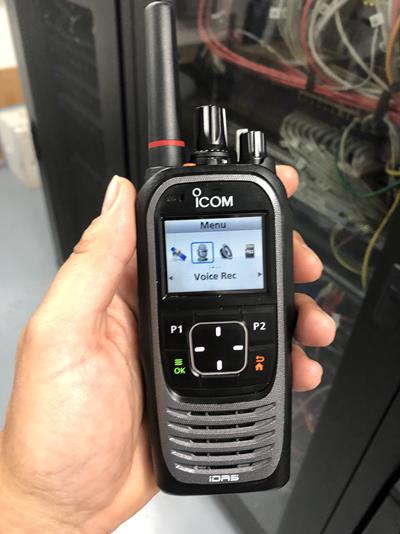The Differences Between Walkie Talkies and Two-Way Radios
The terms "two-way radio" and "walkie talkie" are often interchangeable in the two-way radio industry. We look at their common features and their differences.
Walkie talkies and two-way radios seem to be the same thing to many. They both allow communication between radio users. Walkie talkies tend to be short-range devices, known as
PMR446 radios operating on low power and are licence free. The maximum distance you may get with these devices is about 3KM dependant on buildings and terrain. They only have the very basic features such as Press to Talk, volume change and channel selector. The low cost consumer walkie talkies quality is not comparable to their professional two-way radio counterparts.
Two-way radio is a generic term for most business radios. These have more power so they provide further range and are licenced, which means you will need to apply for a
Two Way Business Radio Licence to use them from Ofcom. They have more features such as Mandown, lone worker, Selcall, more channels (subject to licence), vibration alert etc.
When a two-way radio cannot be called a walkie-talkie, is when the radio is not a handheld portable handset but is mounted in a vehicle or fitted in a PSU and installed on a desk (known as a mobile radio). As the name suggests, walkie-talkies enable you to walk around.
In all other respects, there is no difference between two-way radios and walkie-talkies. Both are capable of transmitting and receiving a radio signal.
To watch a video explaining the basic differences between these types of radios, click on:
'
'Video:What are the Main Differences Between Licenced and Unlicenced Two Way Handheld Radios?'
To see our extensive range of two-way radios, visit our
two way radio systems page, where you find an outline of various two-way radio systems.
Picture shows the IC-F4400 Advanced Digital Two-way radio which has a comprehensive range of features including built-in GPS and Bluetooth, ‘Active Noise Cancelling’ technology, digital voice playback and an USB port for easy programming and data transfer.

